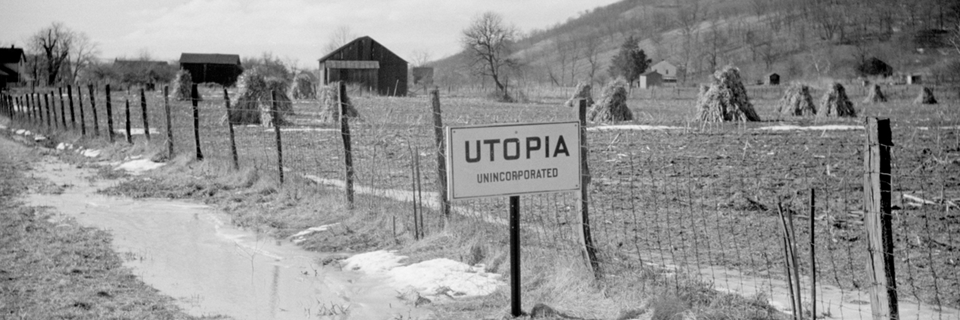La maison se posera au milieu de l'herbe comme un objet, sans rien déranger.
LE CORBUSIER
In June 1928 Pierre Savoye, co-founder of the insurance company Gras Savoye, visits Le Corbusier, in his Parisian studio, to entrust a weekend residence, to receive friends and take a break with family, in a field of 7-hectare in Poissy.
The Villa Savoye, spontaneously named by its owners as “Les Heures claires” (The clear hours), is built between 1929 and 1931. As early as 1930, Eugénie Savoye, Pierre’s wife, begins a correspondence with his architect, which will last until 1937, where she communicates all its construction defects.
 |
| G.E. Kidder Smith 'Villa Savoye' (1959) |
The first letter dates from March 24, 1930, where Madame Savoye already complains that the terrace, garage and cellar are flooded and that the infernal noise of rain on the skylight in her bathroom does not let her sleep. In another letter dated September 6, 1937, she writes: "It's raining in the lobby, it's raining on the ramp, and the garage wall is absolutely soaked. What's more, it's still raining in my bathroom, which is flooding every time that there is rain."
Le Corbusier goes so far as to tell her that, as a client, she should consider architects as friends of their house and not their enemies. Nevertheless, at the beginning of 1938 the owners stop living there. But it is not until May 1940 that they definitively abandone it. Shortly afterwards it is confiscated by the Nazis for its strategic location. From there they can watch the entire Seine Valley and the Ford factory in Paris.
 |
| René Burri 'The Villa Savoye' (1959) |
It is not until two years after the end of World War II that the Savoye family regains their ownership. Widowed and impoverished, Madame Savoye turns her land into a farm by transforming the house into a barn and, consequently, accelerating its decline.
Perhaps for this reason, in 1958 it is expropriated again. This time by the Poissy City Council which reserves 6 of its 7 hectares for the construction of a new school and ends up transforming the Villa into a Maison des jeunes et de la culture, although at first it was planned to be demolished.
 |
| The Villa Savoye, Destruction Through Neglect (1966) MoMA |
Then the alarm goes off and a whole series of campaigns and mobilizations begin, on an international scale, to save Villa Savoye. As a result of this pressure, the building passes into the hands of the French Republic. And in 1965, a few months after Le Corbusier's death, André Malraux, then Minister of Culture, classifies it as a historical monument.
But as Arthur Drexler, director of MoMA’s Department of Architecture and Design, denounces: the harm is already done. Even restored, the Villa Savoye, due to this amputation, can never again be seen as an object, without anything altering it.
